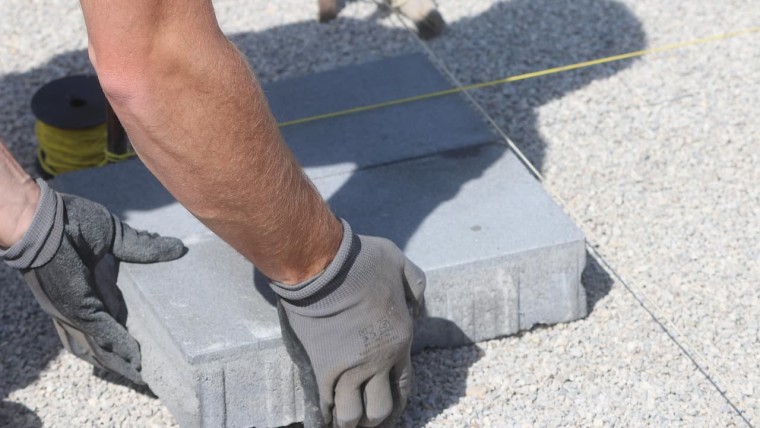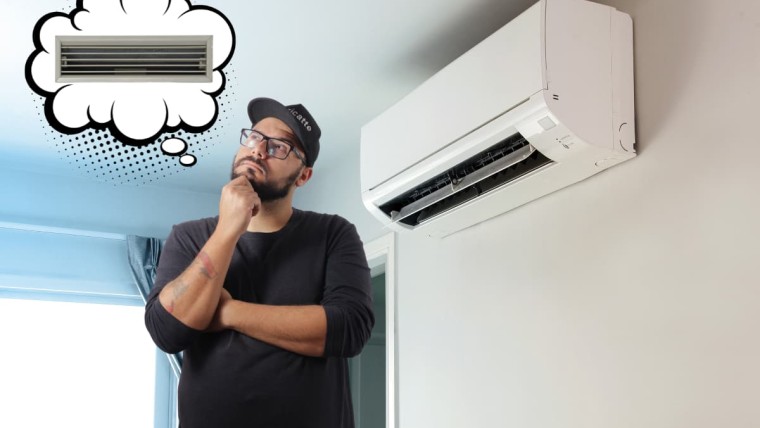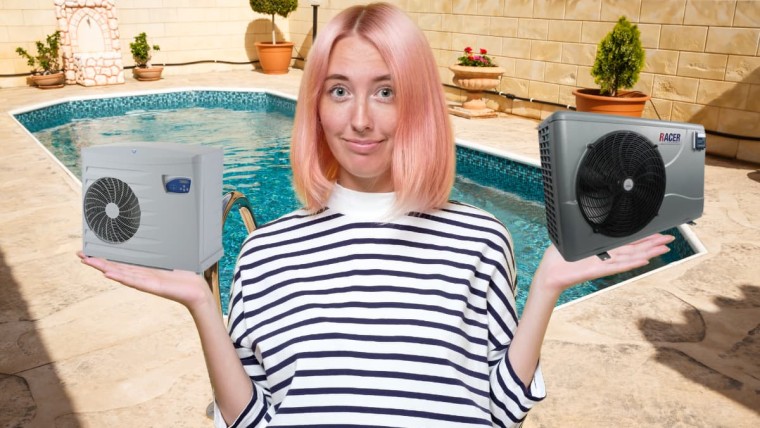With the multiplication of state aid for the installation of heat pumps, more and more companies are jumping on the bandwagon and want to sell you a complete heat pump installation, often air-to-water because it is the easiest to implement and the most economical for you.
However, not all of these companies are able to ensure proper sizing. Many of them are able to size at a glance, a bit haphazardly as they say. As long as the installation is in a flat area, and in a climate that is not too harsh, it can be done without too much damage. But in many cases, if the power is insufficient or overestimated, your comfort will probably deteriorate, and the wear of the machine will accelerate.
In this article, after having seen the role of power in a heat pump installation, we will see the causes and consequences of insufficient power, and will finish with some solutions to remedy this if you are in this case.
The heat pump and the power it develops
The heat pump is a thermodynamic machine capable of capturing calories in an external environment such as air or water, and to restore them to the water of your heating network or to the air in your room (depending on whether it is an air/water heat pump or an air/air heat pump)
Its power is the number of Kilowatts that it develops and that it can provide to your house to fight against the thermal losses of your envelope AND to satisfy your needs in domestic hot water if it also takes care of that.
Before deciding on a heat pump, it is important to clearly calculate the approximate need and round it up to 10 or 20%, in order to be sure to meet the heating + domestic hot water requirement.
The power of the heat pump is determined by considering the most extreme conditions of the year, so that even in these conditions you can benefit from the advantages of the heat pump to heat you only with it without having to resort to a supplement.
If the heat pump's capacity is underestimated, even when it is at its maximum capacity, it will not meet your needs during periods of high demand for heating and domestic hot water, and you may be cold or lack hot water.
A good heat pump installer will often recommend that you first reduce the heat loss from your home, in order to reduce the power that the heat pump will have to provide, and thus reduce the amount of your investment.
The power calculations are based on a thermal balance if it is available (case of new buildings). In the case of a renovation, the power calculation is based on the previous consumption of fossil fuels, looking at how much gas or oil you used to consume and making the equivalence with Kilowatt hours. With this amount of KWh needed, and considering that a heat pump statistically runs a certain number of hours depending on the geographical location (plain or mountain) then by a division we get the power in KW.
Why a heat pump is not powerful enough
There are several reasons why a heat pump may not be powerful enough:
The experience and qualification of the installer
If your installer does not have the required labels for the installation of heat pumps, and works with unofficial suppliers (wholesalers or semi-wholesalers), it is possible that no one in the team is able to determine the exact power you need to cover your heating and hot water.
The examinations to be passed to obtain the heat pump labels, oblige the companies to be trained on the correct dimensioning.
An inexperienced installer can also make mistakes in the installation, leaving you with an installation with missing parts or essential components mounted backwards.
You can see in this testimony what can happen in this case!
An aging heat pump, with worn or poorly maintained components
If your heat pump is getting old or if you rarely carry out the recommended maintenance (as with a car), then vital components such as the compressor may no longer function as they did in their youth and, as a result, the values theoretically achievable by the new machine may no longer be attainable.
That's why regular maintenance is important, every two years.
Extreme weather conditions
If you live in a place where the weather can be really extreme, often in the mountains, then the power may not be enough.
If, for example, the temperature is -20°C, most heat pumps will operate in downgraded mode. This means that they will continue to run, but will not provide the requested set temperature. They will provide a few degrees below. This is why in the mountains it is often relevant to complement the heat pump with a boiler in relief. Most heat pumps also have an electric backup for extreme cases, but this may not be enough if it is really cold.
However, depending on the region, this type of situation can be anticipated and discussed with the owner. You must then accept a downward drift of the ambient temperature if the conditions become extreme, knowing that this is rare and never lasts very long.
The most common cause of underpowered heat pumps is undersizing and poor design.
A breakdown or failure of the heat pump simply
As with any machine, a component may fail. The compressor, for example. You may have a refrigerant leak, or a clogged exchanger.
In short, call your refrigeration installer or repairman so that he can identify the causes of this problem.
Heat pump not powerful enough: consequences
If you find yourself unknowingly with a heat pump that is not powerful enough for your home, the consequences can be as follows:
A lack of comfort
When the temperature drops below 0°C, your heat pump may no longer be sufficient to heat you. You will realize this during your first winter.
If this one ensures your domestic hot water, it is all the more important to avoid finding yourself in this situation.
Premature wear of components
If the heat pump is undersized, i.e. not powerful enough, then it will try to meet the required setpoint temperature all the time, but will not succeed. This means that it will run all the time, without stopping.
In a normal situation, with proper sizing, when the set temperature is reached, the heat pump components go into standby mode, thus saving themselves and preserving the life of the machine.
If your heat pump is not powerful enough, it will be constantly under stress, its life will be shortened, and your investment will be greatly diminished. You'll probably never see the time when your investment pays for itself.
An exorbitant bill
If your equipment lacks power, it is equipped with an electric heater, which will not stop working to satisfy the required temperature. So you will simply heat with electricity. And you will be surprised to see that your bill is higher than when you were using gas, oil or standard electric heating.
Solutions to avoid an underpowered heat pump or to compensate for it
If you suspect that you have a heat pump that is not powerful enough, before blaming anyone else, you should analyze the causes of the problem.
Good, certified installers always oversize machines by 10 to 20%. You need to take a margin of approximation to make sure you are comfortable. Are you? Check it, either by comparing the consumption of the heat pump in KWh to your previous consumption of fossil fuels or pure electricity, or by checking what the thermal balance or other energy certificate at your disposal says. Do your own investigation, if you did not do so at the time of the sale.
Always call on an installer who has all the labels, RGE in France for example, GSP in Switzerland, RESCERT in Belgium, etc. This one has gone through a training course that insists on these dimensioning points.
If you are aware that the current period is very cold and your machine can only provide the set point via the help of an electric resistor, and you are cold, then it may be that the resistor is burnt out, wired incorrectly or that there has been an oversight in the wiring of this resistor. It is also possible that the power of the resistor is too low, in which case you can add a stage of resistance or put a more powerful one.
It is also possible that your outdoor unit is completely frosted (block of ice at the evaporator), if the defrosting system does not do its job properly. In this case, the system has all the difficulties to pump enough calories outside to ensure your heating. The defrost cycle must be repaired.
Always perform regular maintenance on the heat pump to prevent malfunction.

Julien G.
Juliena mechanical engineering graduate and specialist in climate engineering since 2009, has become a writer specializing in renewable energies, with expertise in heat pumps and photovoltaic solar panels for individual housing.
See all articles by this author






